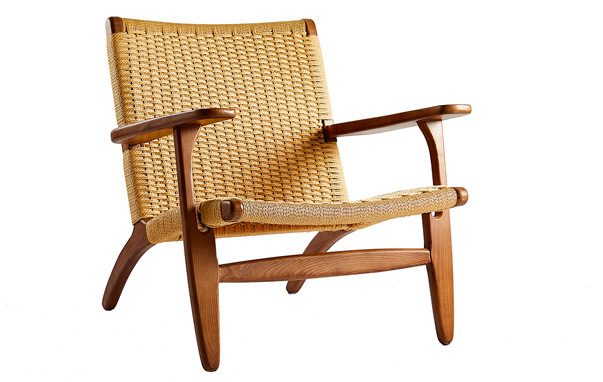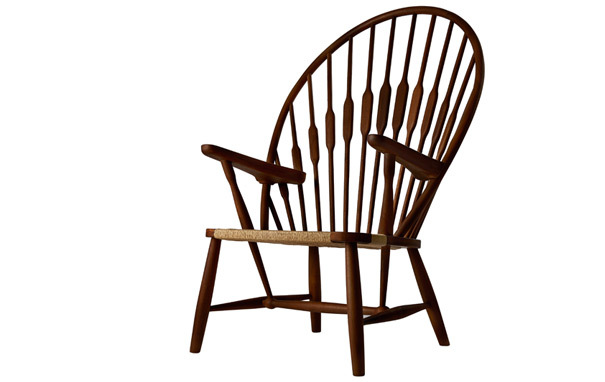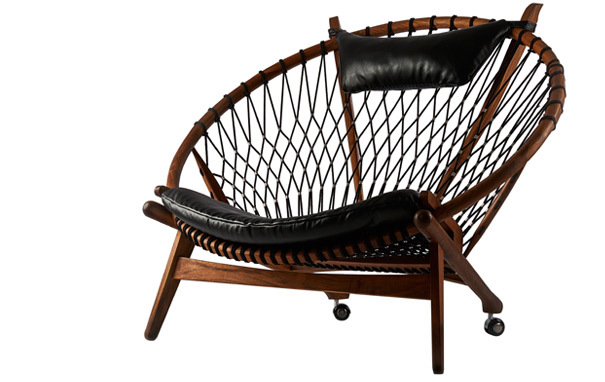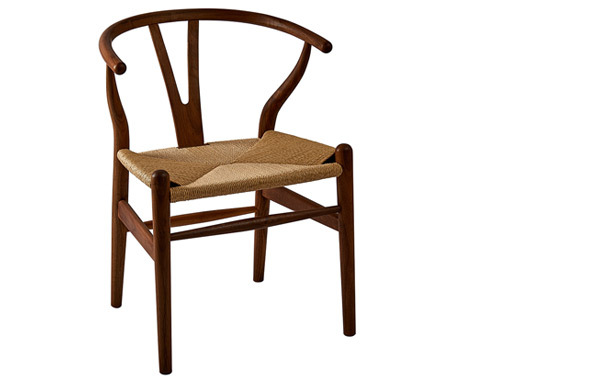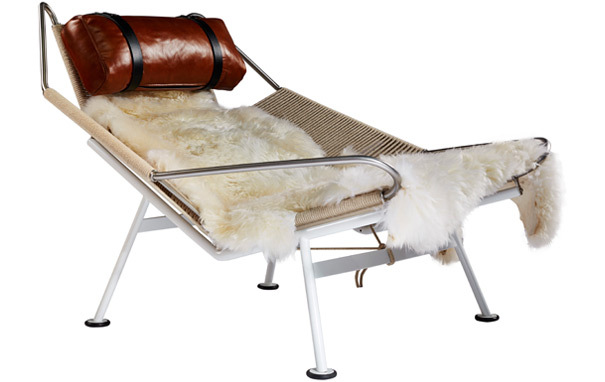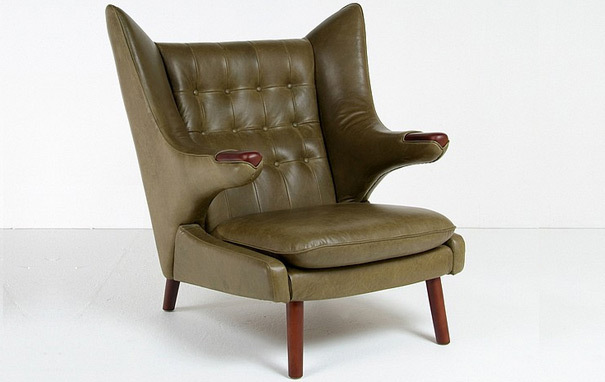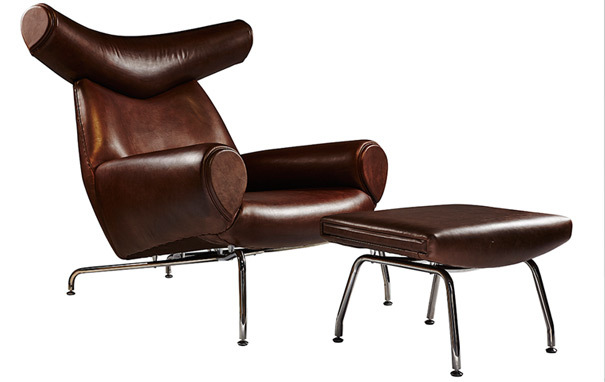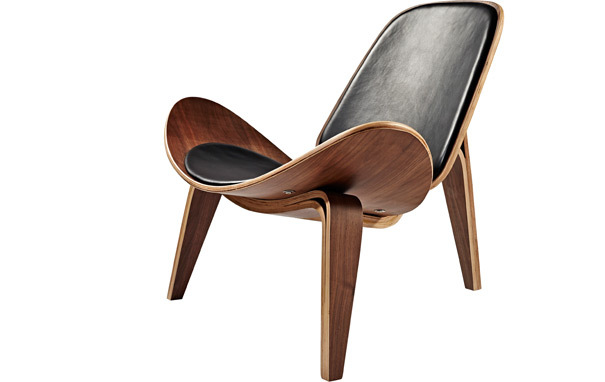Hans Wegner
2nd April 1914 - 26th January 2007
In 1940, Wegner worked with Arne Jacobsen and Erik Møller in fitting out the town hall in Aarhus. In the same year, he started to work with modern design master Johannes Hansen, and Wegner's first chair was purchased by the Copenhagen Industrial Art Museum in 1942. He opened his own studio in 1943, and in the following year, produced the first of his Chinese Chair series, which were inspired in their design by the Chinese Emperors and themselves inspired many of Wegner's future designs.
It was in 1949 that Wegner produced one of his most iconic pieces: the Wishbone Chair. A collaboration with Carl Hansen, the Wishbone Chair was one of a series of chairs based on a painting of Danish merchants seated on traditional Ming chairs.
Designs such as the 1950 Flag Halyard Chair and the 1963 Shell Chair further cemented Wegner's reputation as a founder of the Danish Modern movement: pieces that still remain as iconic and relevant today as they did when they were designed. Major design prizes for Wegner included the 1951 Lunning Prize, the Grand Prix of the Milan Triennale in the same year, the Danish Eckersberg medal and more: testament to the success of his expertise in combining form with functionality.

